Mankind — The Dangers of Reducing The Level Of Diversity
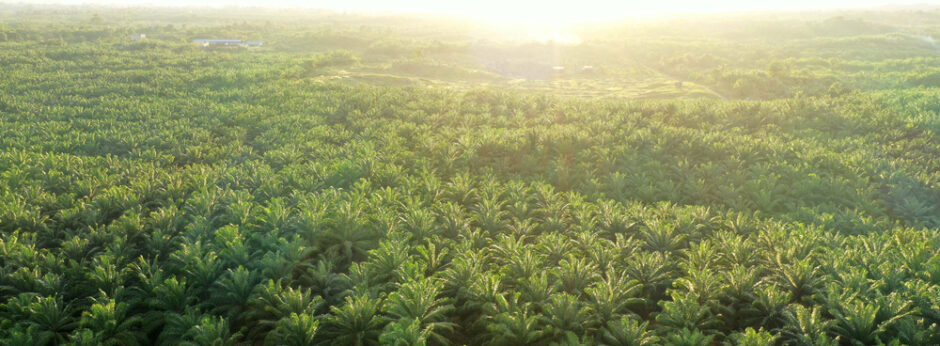
Whether it’s the large scale planting of Palm Trees to satisfy the food industry ….
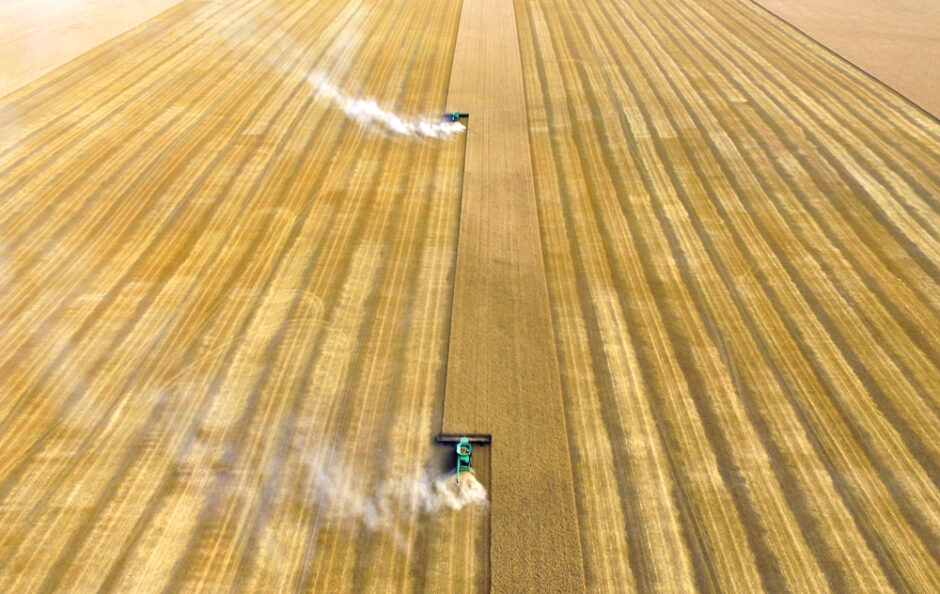
…. or the world-wide acreages of wheat that we grow ….
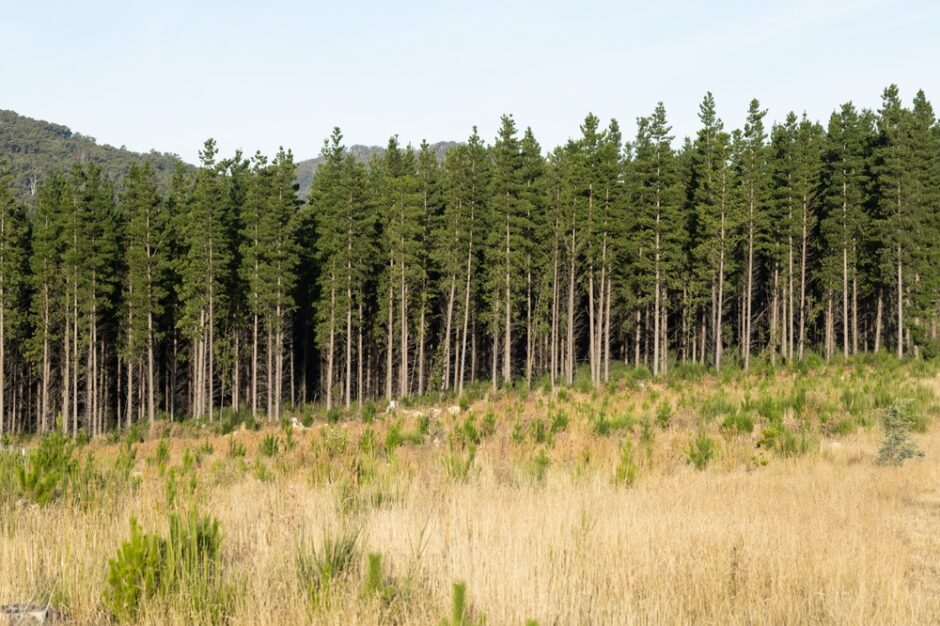
…. or the planting of single species coniferous woodland. It is the growing of only one species of anything that flies in the face of ‘Nature’ itself.
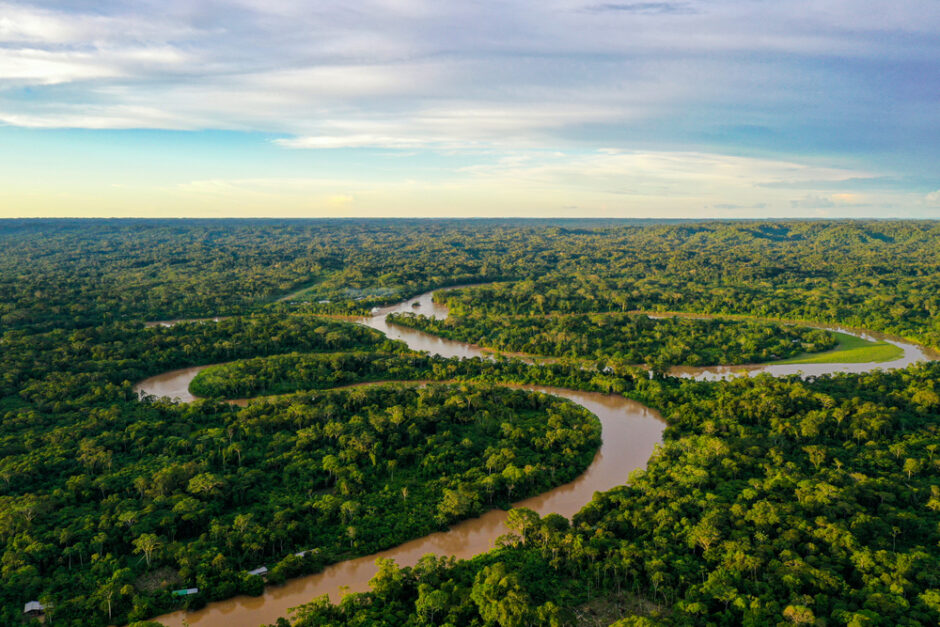
Diversity, particularly in the World’s Rainforests is the key to its success. Not only for the plants themselves, but for the Birds and Insects and Animals that live within it. It is all of these separate components which are the fundamental and essential ingredients of the whole ecosystem which keeps it all in balance. And it is as well to remember that if it wasn’t for the trees, and in particular the vast areas of Rainforest and other woodland, there would be no Oxygen in our atmosphere at all. For it is green plants that keep our CO2 levels down and keep on producing the Oxygen that the rest of us need to survive.
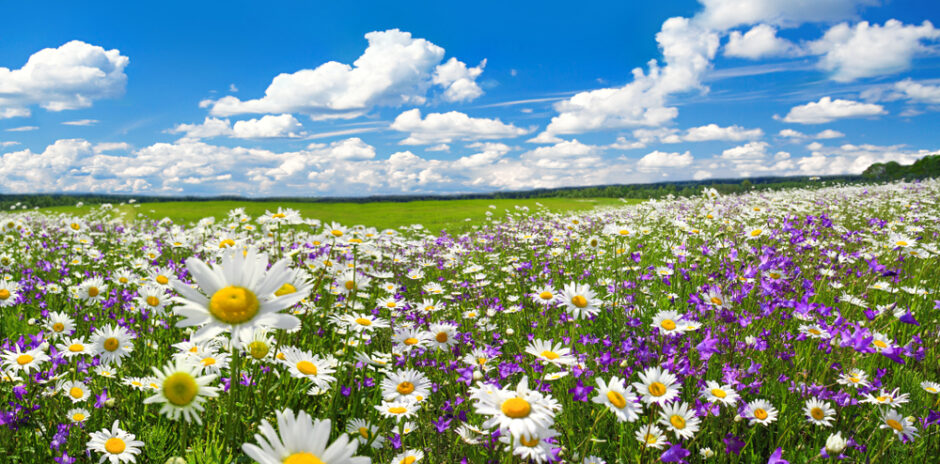
If you look at a natural wild flower meadow, you will find anything up to 7 or 8 different species living together in harmony. Often, if not always there will be a range of insects – Bees, Beetles, Butterflies who are specific to the plants within that meadow. Like the Rain forest, the one relies for its very existence in that area upon the other. During the many millions of years that it has taken for these ecosystems to evolve, these Birds, Insects and Animals have evolved to pollinate their flowers or distribute their seeds. Alter or destroy one and you could also inadvertently eradicate the other.
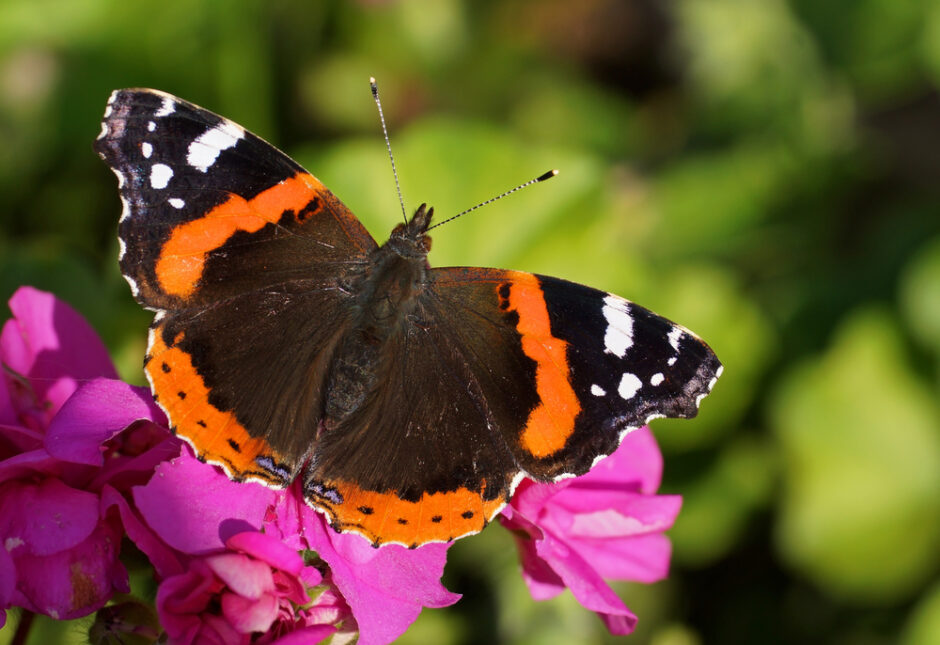
If we accept and appreciate the significance of all of this, it is clear that we are well on our way to really putting ourselves and other ‘planet Earth’ dwellers at very great risk of extinction. After all, we all know that many species of plants, animals and insects have already been rendered extinct …. and there is no coming back from extinction.
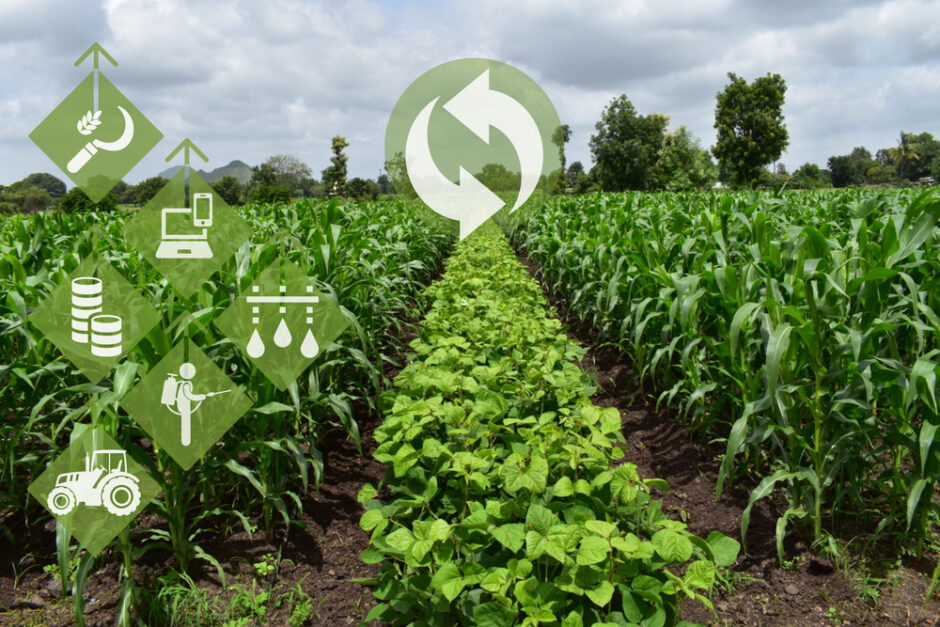
This whole ‘benefits of diversity’ thing is borne out by the fact that the practitioners of sustainable farming use a technique that is referred to as ‘ Crop Rotation ‘. In simple terms this means that they don’t plant the same crop in the same field for 2 years in a row. Ideally, the field would also be left fallow, with no crop production from it for one year, on maybe a 3-5 year rotation.
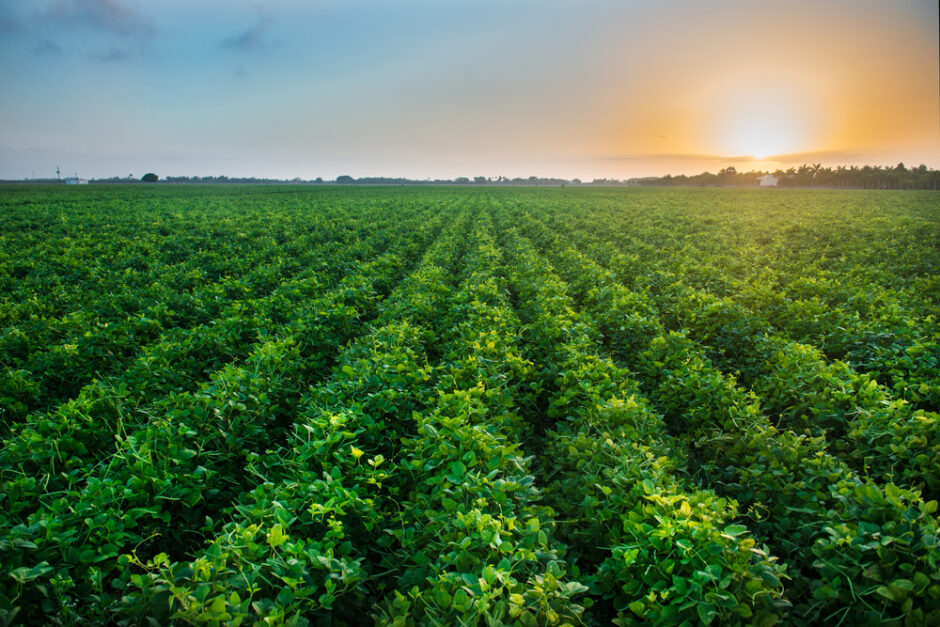
In this image we can see commercial green bean growing. Beans are heavy feeders, and at the density that can be seen in this picture, the fertility of the soil after the crop has been harvested will have reduced considerably.
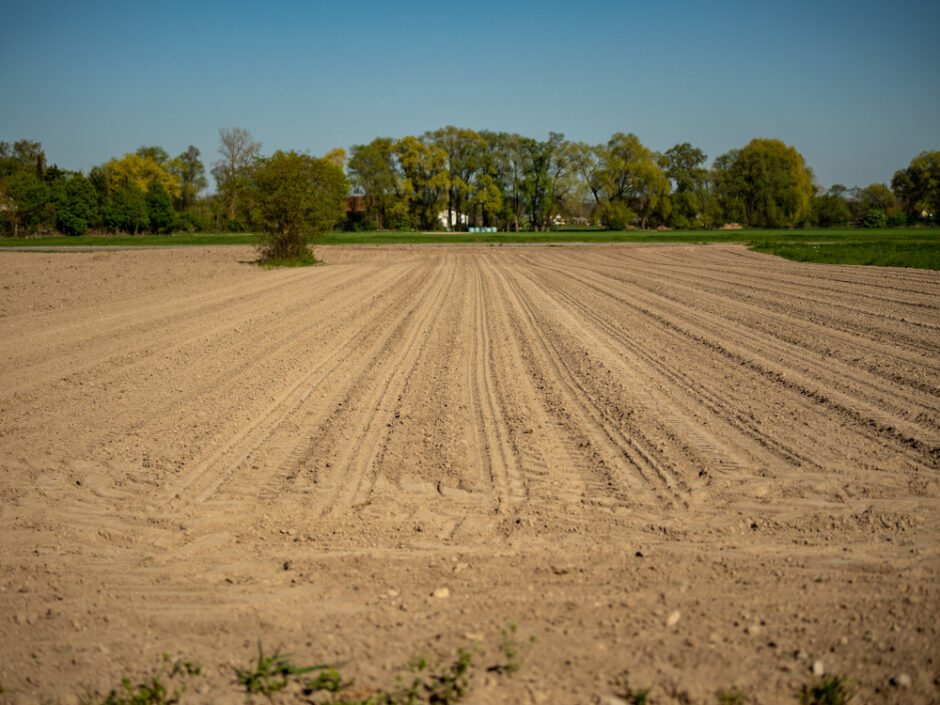
The lack of diversity can seriously damage the soil. The image above is of a soil that has lost its structure through the over-use of artificial fertilizers and the almost complete lack of any organic matter. Going back to the Pine Tree Plantation, this is not a crop that can be harvested after only one season. Although it will be ‘thinned’ at various stages of its overall life, once the canopy has closed and the lack of daylight has suppressed the growth of anything else, so the previously supporting Bird, Animal and Insect life will also be lost to the area. Others which are better suited to Pine woodland will come in, but they are significantly fewer and less diverse than beforehand.
The major change that will occur over the 80 year period between initial planting and final harvesting is that the condition of the soil will have changed significantly. Leaf litter falling from the trees will be acid. The soil fauna – the Earthworms and other soil dwelling creatures will not have been able to cope with the changing conditions and so over time the soil profile will change from what’s known as a ‘Brown Earth’ to a ‘Podsol’ . (see my earlier blog ‘Soil – The Basics’) And this change will significantly change what type of plants can follow on afterwards.
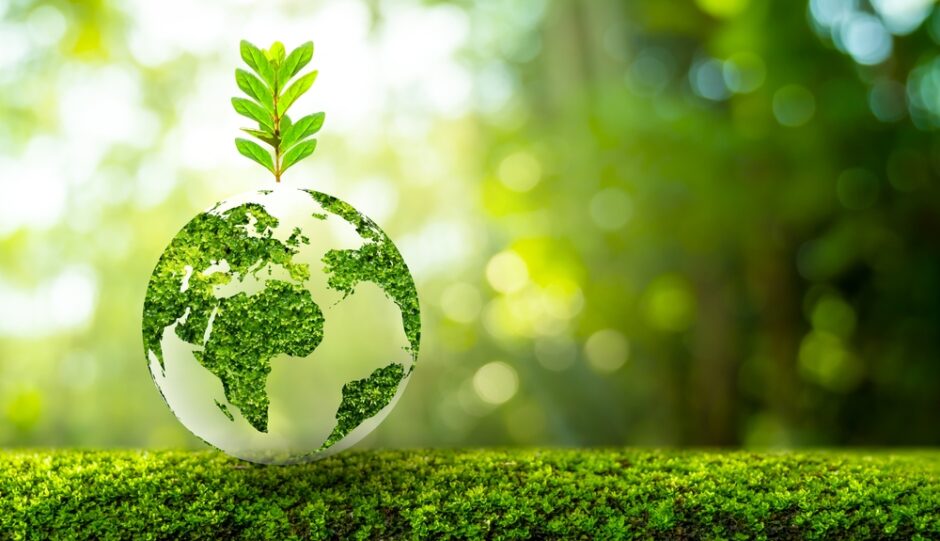
A diverse world is essential for the wellbeing of all living things, so please remember that when you are in your garden you have stewardship over your bit of the world. As with the rest of us, it is our collective duty to look after it for those of us yet to come … Insects, Plants, Animals and People. Harm one and you may harm the other.
